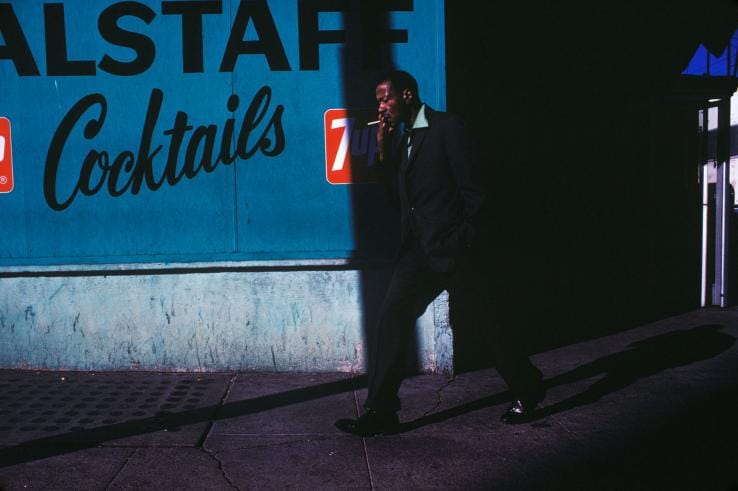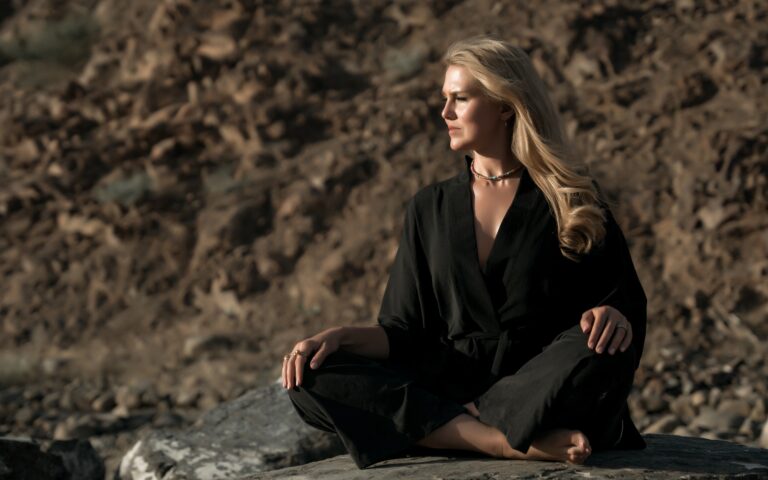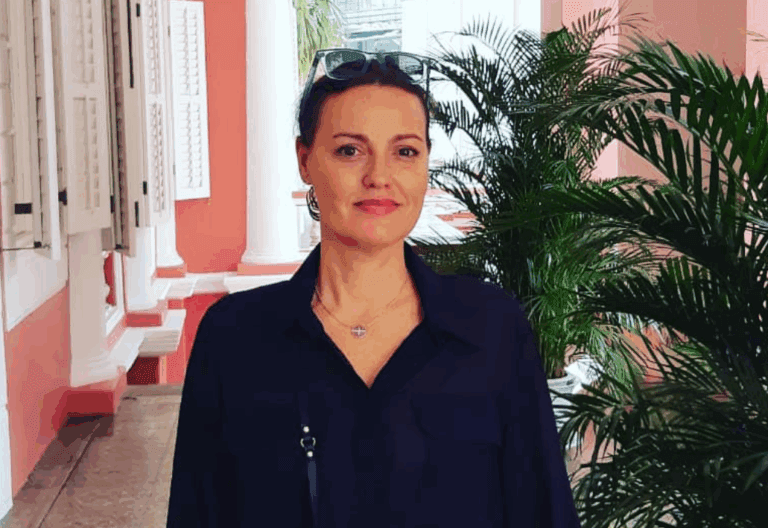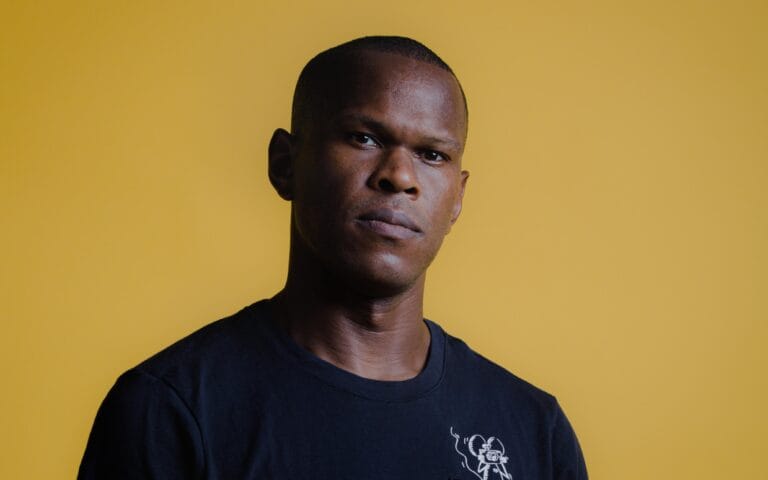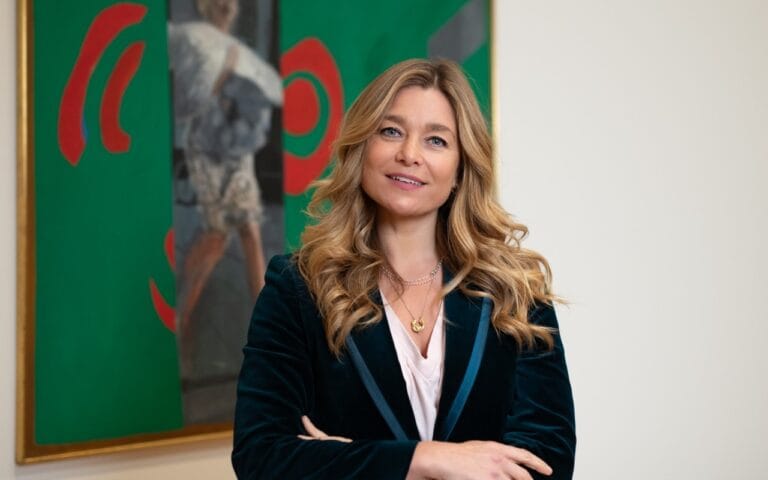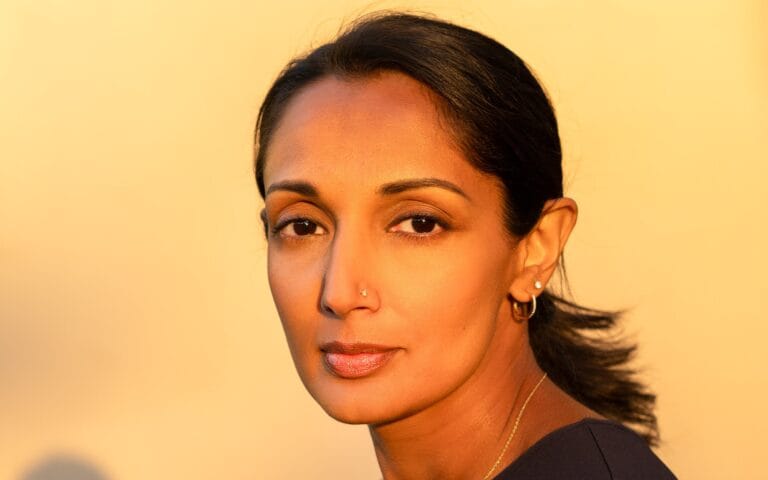For fans of urban photography, Greg Girard needs little introduction. Since the 1970s, his lens has captured the transformation of Asia’s landscapes. His landmark work on Hong Kong’s Kowloon Walled City, City of Darkness, offered an unprecedented glimpse into one of history’s most fascinating urban anomalies: a single city block that housed 33,000 people.
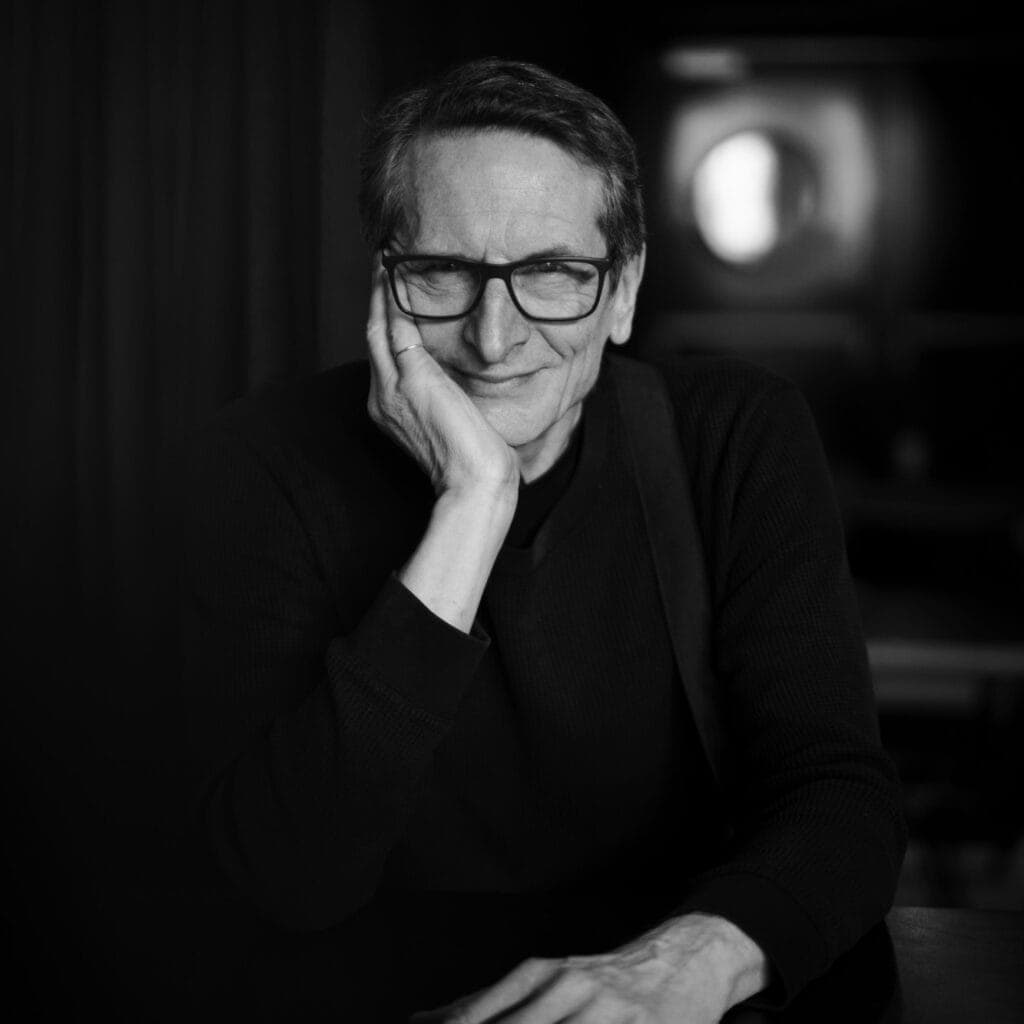
From his early years capturing Vancouver’s underbelly to documenting Shanghai’s rapid metamorphosis at the turn of the millennium, Girard’s work has spanned continents and decades. His portfolio includes Hong Kong and Japan in the booming ’70s and ’80s, Hanoi in the late 2000s, and even the changing facades of America’s West Coast. Now, he returns to Japan with Snack Sakura, exploring the country’s traditional drinking establishments where time seems to stand still under the watchful eye of their mama-sans.
What draws you to document disappearing urban spaces?
I guess I’m known for that because of the Kowloon Walled City. Though in that case the ‘disappearing urban space’ documentation was a by-product of simply wanting to set the record straight about what the place was actually like.
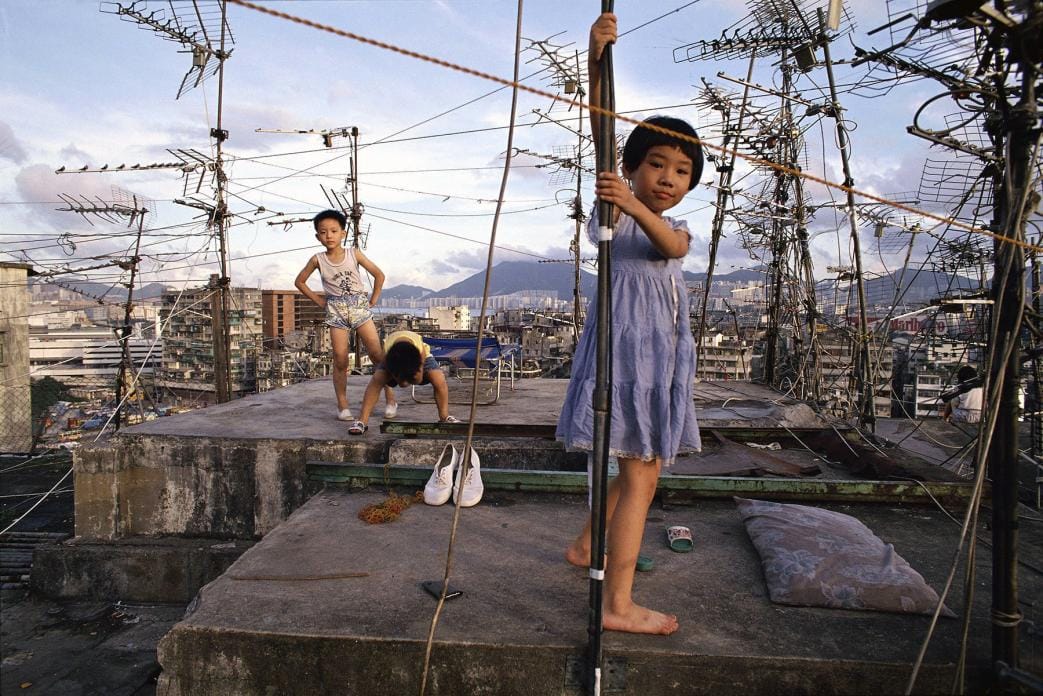
Similarly, in Shanghai, it had more to do with a record of the moment Shanghai was going through. The early 20th century city had been preserved for four decades after the country fell off the capitalistic grid in 1949. There was no urban development for profit. It wasn’t until Shanghai was directed to “catch up” that the place started making up for lost time.
And so for a few years you had this extraordinary moment where the “accidentally” preserved early 20th century city (and increasingly its rubble) occupied almost the exact same space as the new 21st century replacement being superimposed on top of it. What that looked like became the book Phantom Shanghai.
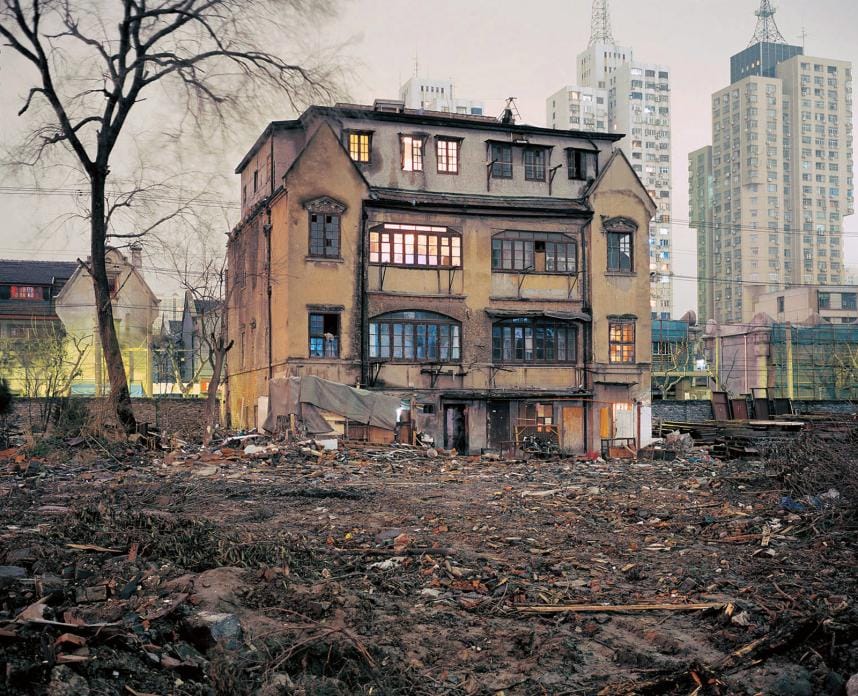
Three favourite places while working on Snack Sakura?
Over the past five or six years, I travelled all over Japan and ended up in many smaller towns and cities where I wouldn’t have otherwise had reason to visit. Three places (at least) come to mind, cities/towns I’d like to return to: Matsue, Miyakojima and Kumamoto.
Favourite ‘Snack Sakura’ you found?
Tough question. Perhaps one in Okinawa, just outside of Naha. People, an older crowd, were singing and partying at 11:30am. It was one of the first ones I photographed.
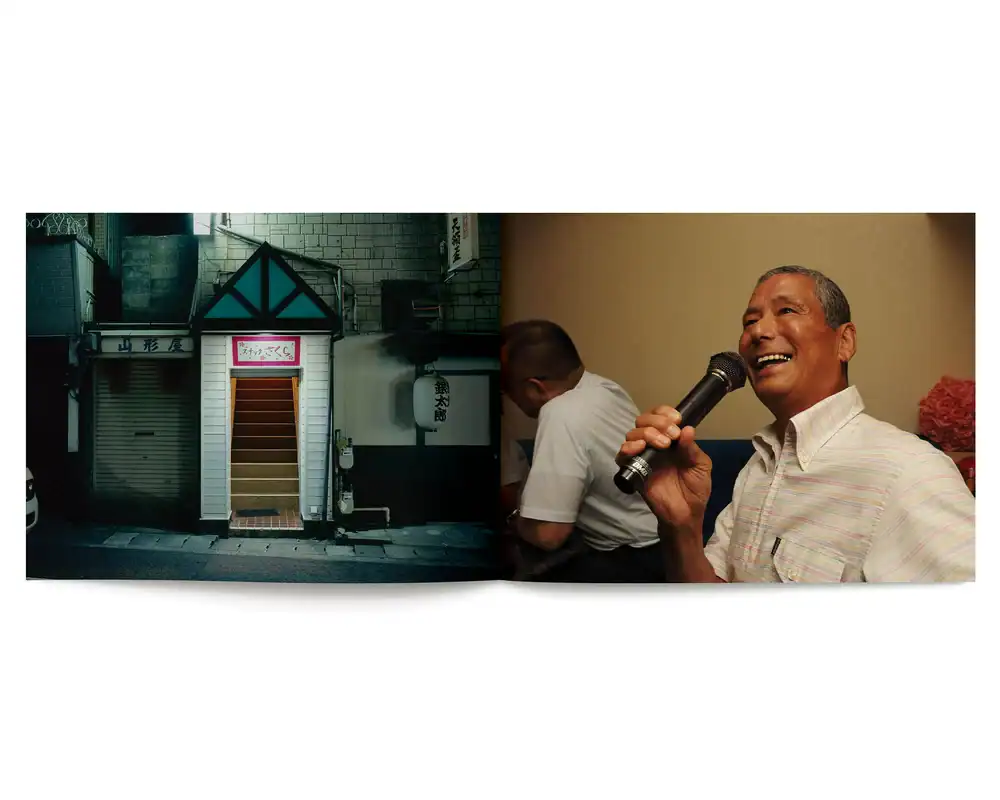
Best place for candid street photography?
I don’t divide photography into different categories. It’s just pictures wherever. And so absolutely any town or city.
Favourite three Asian cities for photography?
I find myself in Tokyo, Hong Kong and Bangkok more than any other cities in the region. There must be a reason.
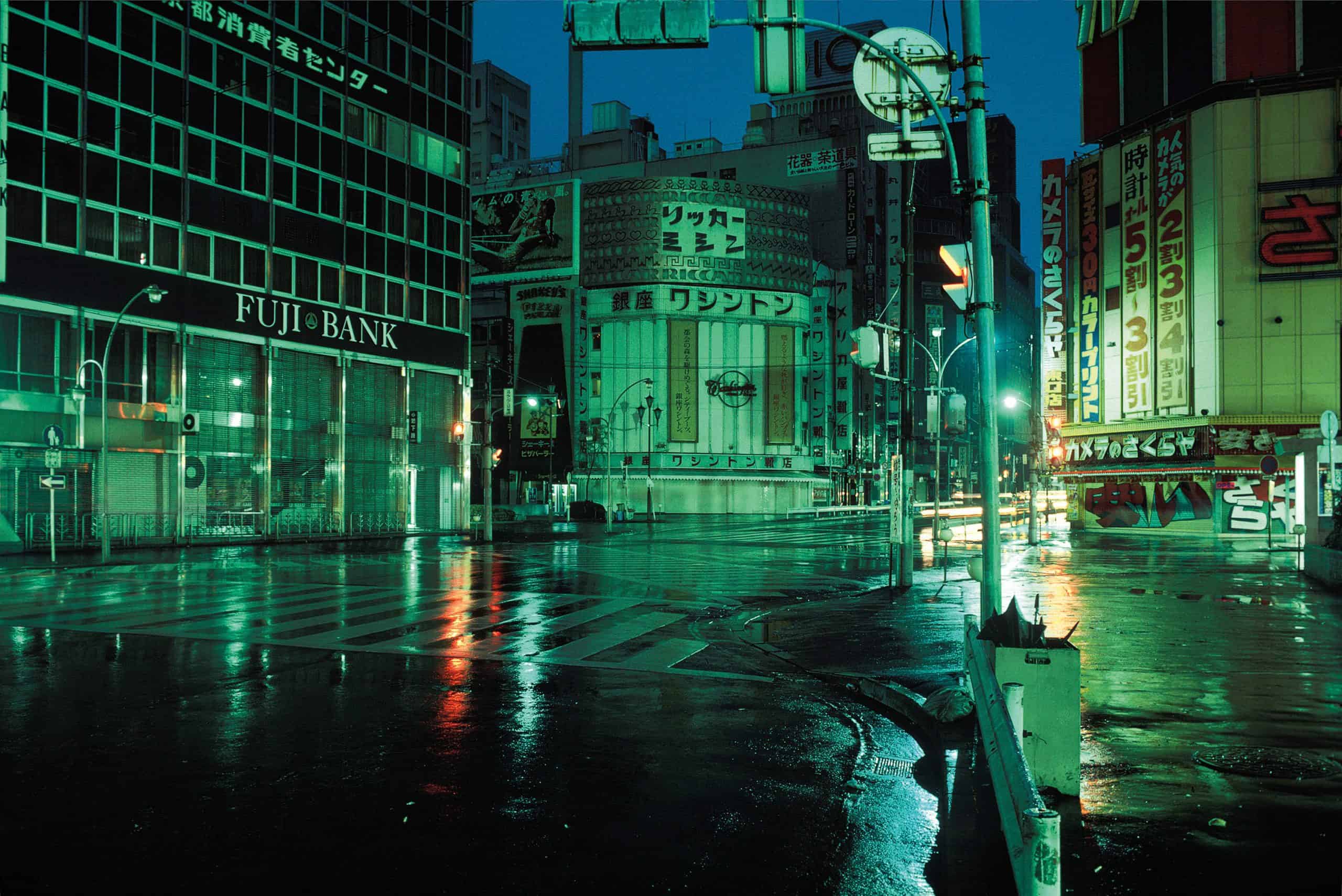
Most inspiring city visited recently?
Luxembourg.
Most challenging city to photograph?
Vancouver, where I grew up. And so the pictures there have nothing to do with the way the place looks.
Favourite local spots in Vancouver?
If I had one I wouldn’t mention it, and I avoid any place mentioned in surveys about “best” or “favourite” bars and restaurants.
Favourite museum or gallery in Vancouver?
Favourite hotel in the world?
The old Hotel Okura. The place was a modernist masterpiece and I had the pleasure to spend two weeks there while on a magazine assignment in the late ’90s, back when magazines did that sort of thing.
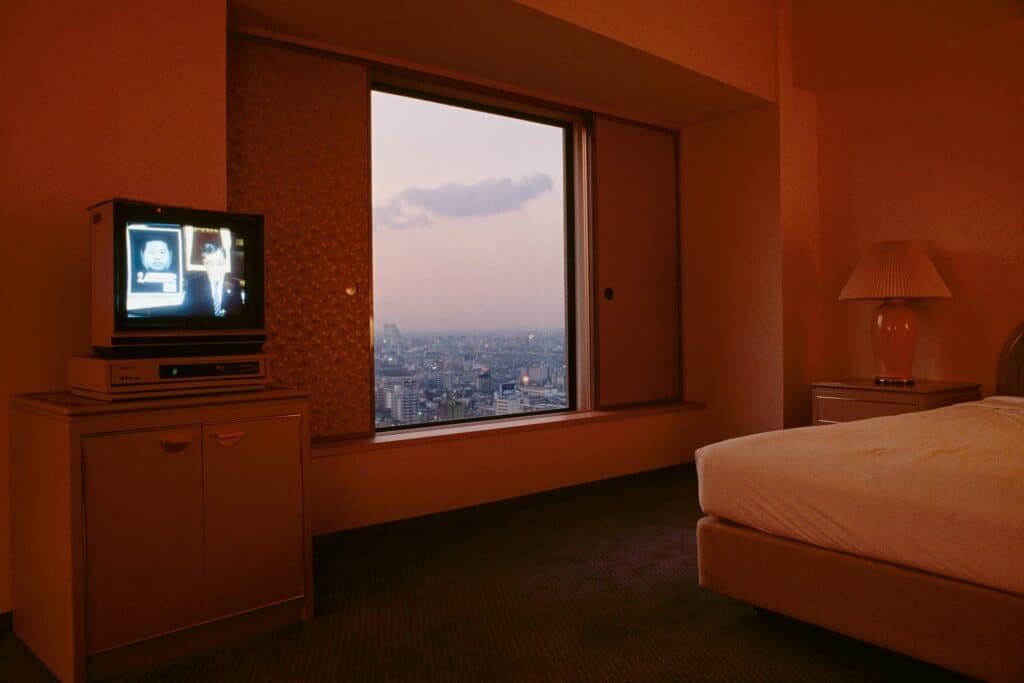
What’s your daily ritual?
It depends if I’m at home or travelling.
At home I’m usually trying to catch up on what didn’t get done while I was away on an earlier trip, while planning for the next one.
While travelling my schedule is usually shaped by a project I’m working on, or an event I’m participating in. Jetlag is great for predawn walks.
Evocative recent travel memory?
After spending a couple of hours in an otherwise empty bar in Kumamoto one night, the next morning the bar owner and her assistant picked me up from my hotel, took me to lunch and drove me to the ferry terminal, waving goodbye from pierside as the ferry pulled away.
It was very touching and unexpected, and felt like something that might have happened when I was in my early 20s in Japan, in the 1970s, but not today. And yet…
What’s your go-to camera setup?
Mamiya7 medium format camera with standard and wide lenses. Tripod. Also a digital Canon camera with standard, wide and medium tele lenses. Flash and off-camera IR trigger.
Advice for photographers wanting to capture authentic local culture?
Try and set aside whatever you think authentic local culture looks like. Because it’s all around you.
